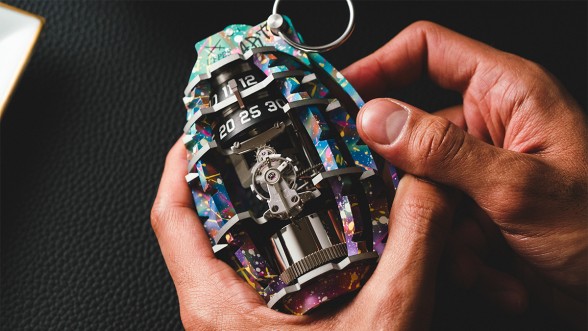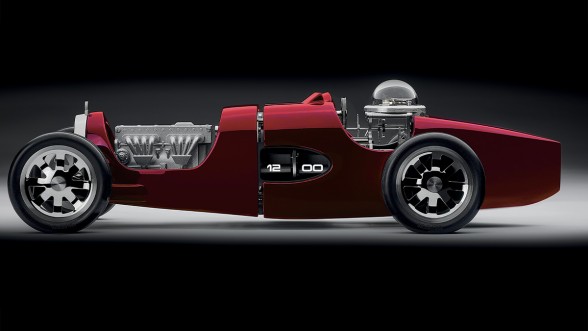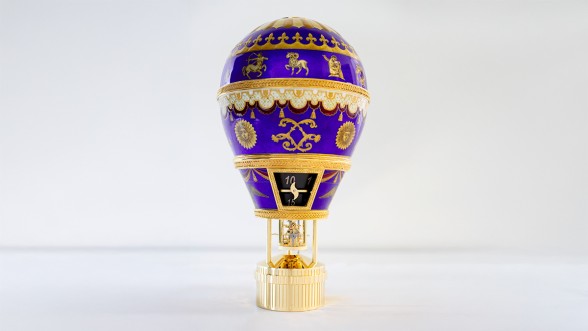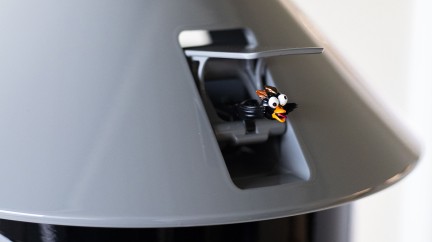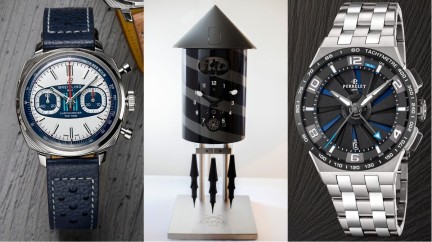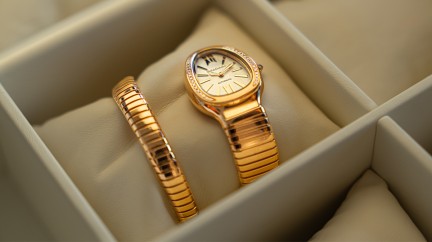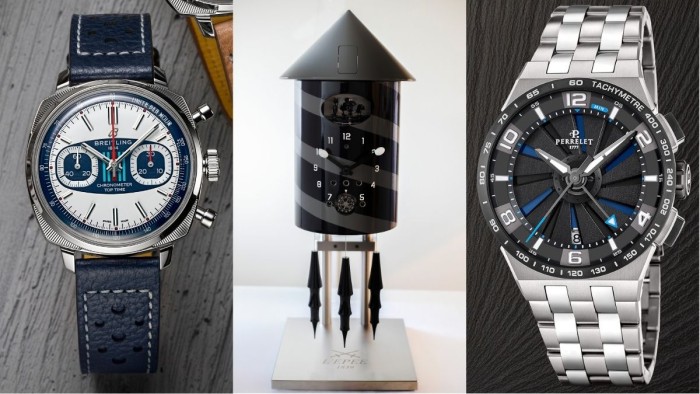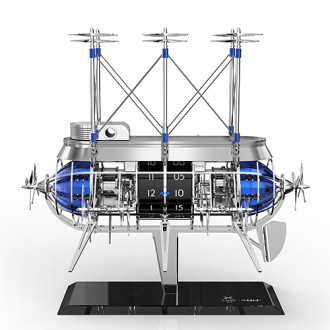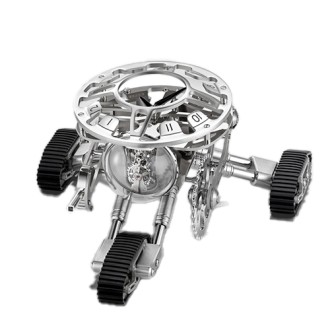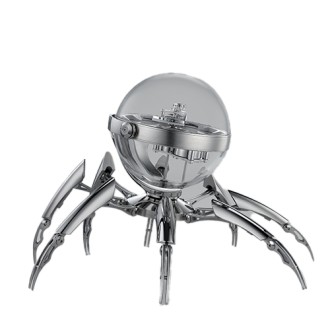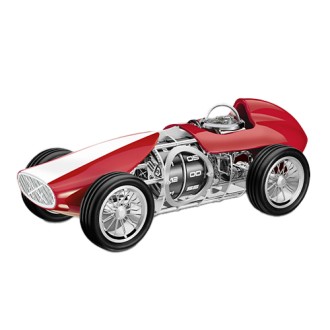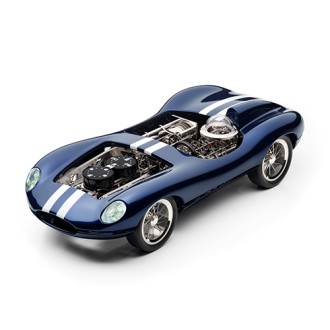L’Epée
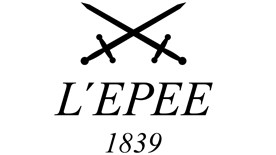
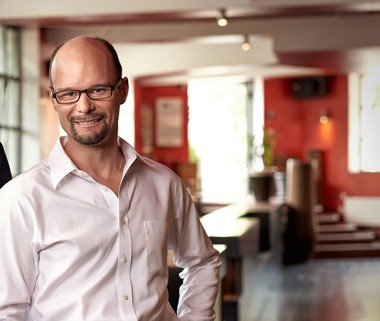
Founded by Auguste L’Epée in 1839, the Manufacture quickly distinguished itself by producing nearly all of its horological components in-house, including escapements. The Manufacture specialized in regulators, clocks, officer’s timepieces, and music boxes.
L’Epée’s reputation for innovation led to many patents applied to watchmaking, earning multiple gold awards at international world exhibitions. Already in the 19th century the manufacture was acting as a major supplier to prestigious watchmakers.
Exquisite craftsmanship and mechanical brilliance quickly established L’Epée clocks as highly coveted gifts in the 20th century, sough-after by prestigious clients including governments, dignitaries, heads of state, and royal courts. As symbols of power and influence, these clocks played a key role in cementing the brand’s international reputation. Throughout its history, L’Epée 1839 has consistently pushed boundaries, forging collaborations across a diverse range of industries.
Among its most its many achievements, L’Epée 1839 installed wall clocks in the cabins of the Concorde during its inaugural commercial flights in the 1970s. In 1994, it further solidified its legacy by creating the "Giant Regulator," the world's largest pendulum clock, officially recognized by the Guinness World Records.
The 21st century began with three major milestones for L’Épée 1839. In 2009, the company inaugurated an integrated manufacture in Delémont, in the heart of the Swiss Jura. Then, in 2014, for its 175th anniversary, it launched a creative collection that revolutionized the aesthetic and technical codes of traditional clockmaking. This vitality caught the attention of LVMH, which acquired the company the following year, in 2024, opening new horizons as L’Épée 1839 embarks on its third century.
2800 Delémont
Jura, Switzerland
(+41) 032 421 94 00
